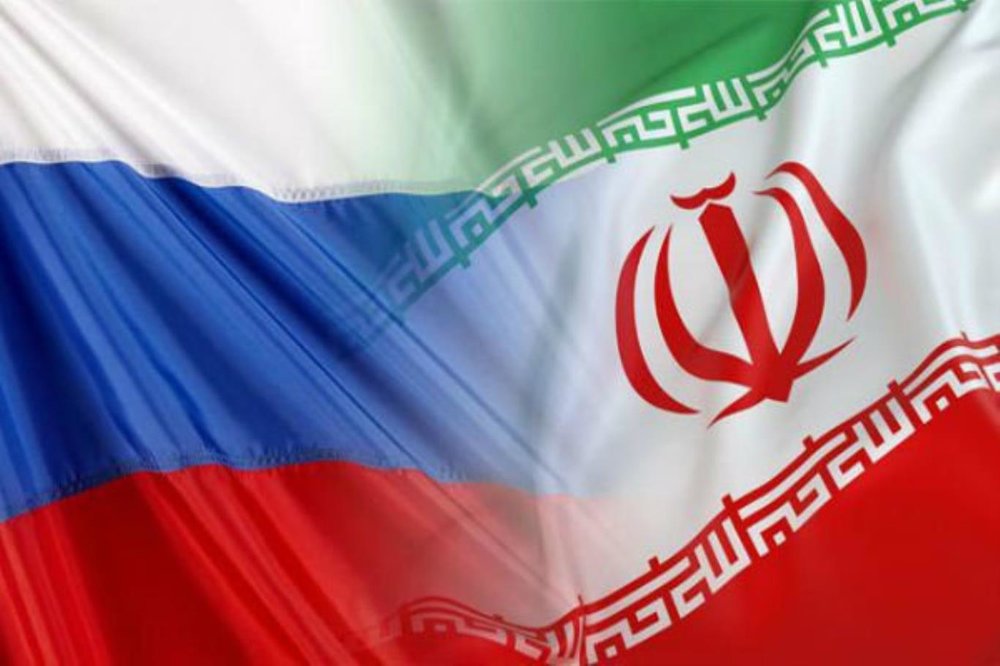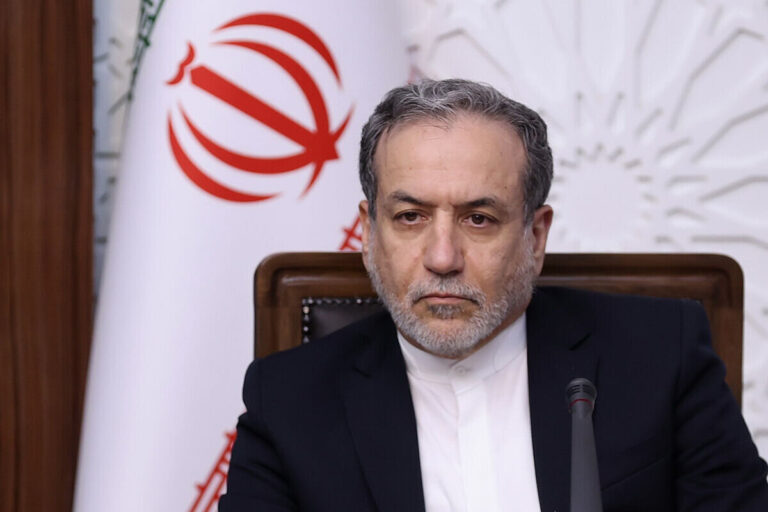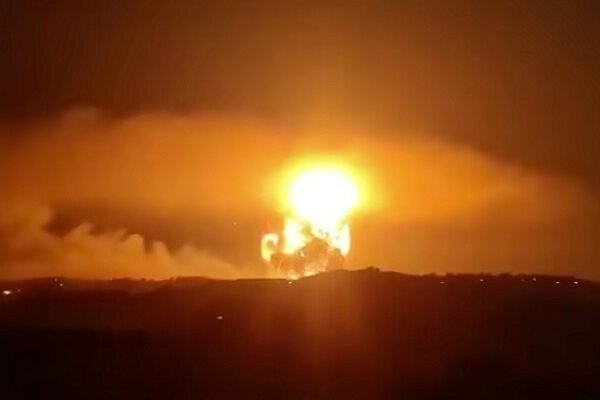US Aims to Dismantle Russia-Iran Alliance: A Strategic Shift in Global Relations
The geopolitical landscape continues to shift as the United States intensifies its efforts to disrupt alliances between major world powers. Washington’s Special Envoy for Ukraine and Russia, Keith Kellogg, recently highlighted the U.S. strategy aimed at “breaking” Russia’s partnerships with countries like Iran and China. This development has significant implications for international relations and global security.
In a recent statement, Kellogg outlined the U.S. intentions regarding its foreign policy towards Russia, Iran, and China. The focus of this strategy is to undermine the mutual support and cooperation that these nations have fostered over the years. The U.S. believes that disrupting these alliances could lead to a shift in power dynamics on the global stage.
Here are some key points from Kellogg’s remarks:
- Targeting Alliances: The U.S. aims to weaken the connections between Russia, Iran, and China, which have grown closer in recent years.
- Geopolitical Strategy: By breaking these alliances, the U.S. hopes to gain a strategic advantage in international politics.
- Implications for Security: The potential fallout from this strategy could impact global security and military collaboration.
Kellogg’s comments come at a time when relations between the U.S. and these nations are already strained. The U.S. has imposed several sanctions on Russia and Iran, further complicating diplomatic efforts. This situation raises questions about the future of international cooperation and the balance of power.
Moreover, the U.S. strategy could lead to increased tensions in various regions, particularly in the Middle East and Asia. The ramifications of breaking these alliances might not only affect military operations but also economic partnerships and trade agreements.
To understand the full impact of this U.S. strategy, it is essential to consider the historical context of the relationships between these countries:
- Russia and Iran: Their alliance has strengthened over the years, especially in military cooperation and energy sectors.
- China and Russia: These two nations have formed a strategic partnership that includes economic collaboration and military exercises.
- Iran and China: Iran has sought China’s support to counter U.S. sanctions, leading to closer ties in trade and investment.
As the U.S. continues to pursue its goal of diminishing the influence of Russia, Iran, and China, the global community watches closely. The potential for a shift in alliances could reshape existing power structures and lead to new dynamics in international relations.
In light of these developments, analysts urge a careful examination of the consequences of U.S. actions. The breaking of alliances may not only provoke retaliatory measures from Russia, Iran, and China but also strain relationships with other nations that may view the U.S. approach as aggressive.
In conclusion, the U.S. strategy to “break” Russia’s alliances with Iran and China is a complex and multifaceted issue. The ramifications of such actions could be profound, influencing not just military strategies but also economic and diplomatic relations worldwide. As this situation evolves, it will be critical to monitor the responses from the affected nations and the broader implications for global stability.






